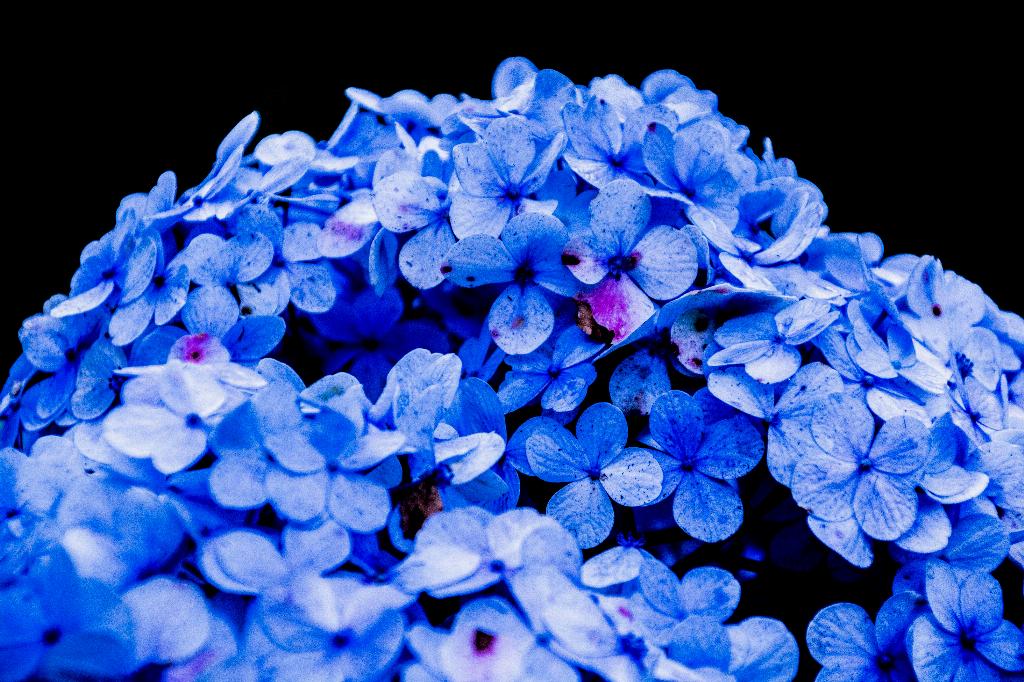When it comes to trimming hydrangeas, precision and timing play crucial roles in ensuring the health and beauty of these beloved shrubs. Understanding the right techniques and knowing when to prune can make a significant difference in their growth and blooming potential.
Timing Is Key
Hydrangeas should ideally be pruned in fall, late winter, or spring. It’s during these times that the plant is either entering or exiting dormancy, making it the perfect window to trim back the stems. By performing a heading cut — pruning back stems to just above a fat bud — you encourage new growth and ensure a neat appearance for your hydrangea.
Understanding Your Hydrangea
Hydrangeas come in various types, each with its unique blooming habits. For those with conical-shaped flower heads, such as the popular panicle hydrangeas, a well-timed trim can enhance their overall shape and promote more abundant blooms in the coming season. Knowing the specific variety you have will guide you in tailoring your pruning approach.
Leaving Some Winter Interest
While it may be tempting to prune off every faded flower head, leaving some dry, tan blooms on the plant can actually add visual interest to your winter landscape. These remnants not only provide an aesthetic allure but can also act as protection for new growth, safeguarding delicate buds from harsh weather conditions.
Waiting for the Right Moment
For those who wish to retain a touch of winter charm in their garden, postponing hydrangea pruning until late winter or early spring is a wise choice. This delayed approach ensures that the plant remains adorned with its unique dried blossoms through the colder months before making way for a fresh round of growth and blossoms.
Practical Tips for Pruning
When embarking on a hydrangea trimming session, equip yourself with sharp, clean pruning shears to make precise cuts without causing unnecessary damage to the plant. Remember to step back occasionally to evaluate the shrub’s overall balance and symmetry, adjusting your cuts accordingly to achieve a harmonious aesthetic.
Reviving Overgrown Hydrangeas
If your hydrangea has become unruly and overgrown, fear not – with the right pruning approach, you can rejuvenate its appearance and encourage healthy new growth. Begin by removing any dead or damaged branches, then gradually trim back the remaining stems to encourage a more compact and vigorous plant.
Keeping Up with Maintenance
Regular pruning is key to maintaining the health and vitality of your hydrangeas. By incorporating an annual trimming regime into your gardening routine, you can prevent overcrowding, improve air circulation, and promote robust blooming throughout the growing season.
Patience and Perseverance
As with any gardening task, patience is a virtue when it comes to trimming hydrangeas. Allow the plant time to recover and respond to the pruning cuts, trusting in its resilience and natural growth cycle. Consistent care and attention will yield beautiful results in due time.
Consulting the Experts
If you ever find yourself unsure about the best pruning practices for your hydrangea or encounter any specific challenges, don’t hesitate to seek guidance from experienced gardeners or botanical professionals. Their insights and advice can offer valuable solutions tailored to your unique gardening situation.
Embracing the Art of Pruning
Trimming hydrangeas is not just a routine task but an art form that allows you to sculpt and shape your garden landscape with precision and care. By mastering the craft of pruning and understanding the needs of your plants, you can create a flourishing haven filled with vibrant, healthy hydrangeas that bloom with radiance.
Final Thoughts
In conclusion, the process of trimming hydrangeas involves a delicate balance of timing, technique, and attentiveness to the plant’s unique characteristics. By following the recommended guidelines and infusing your pruning routine with creativity and dedication, you can enhance the beauty of your hydrangeas and foster a thriving garden environment that flourishes year after year.

